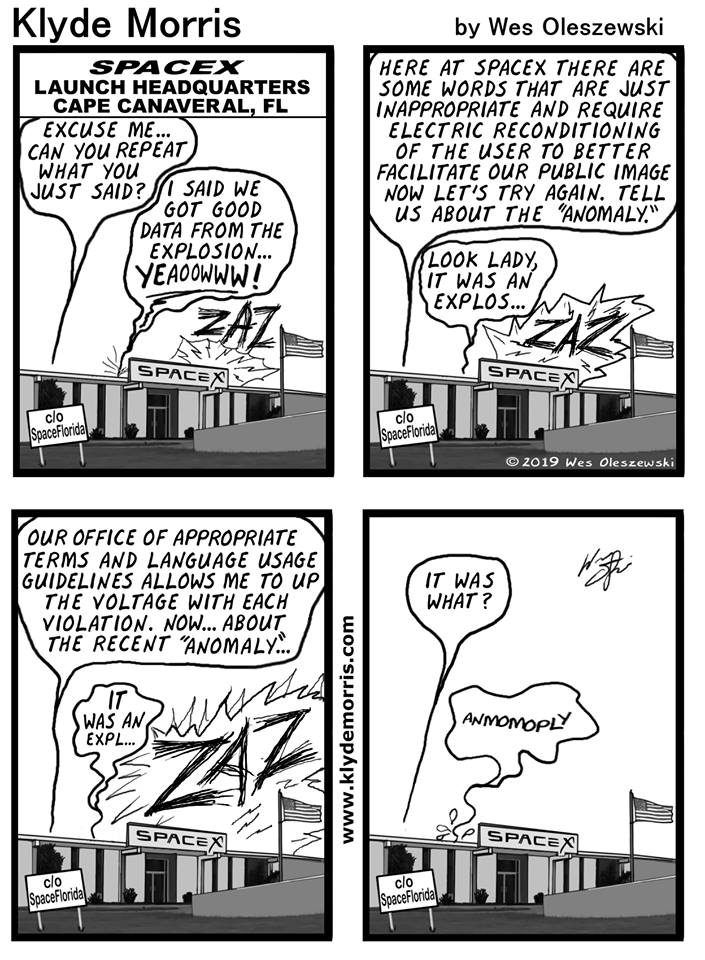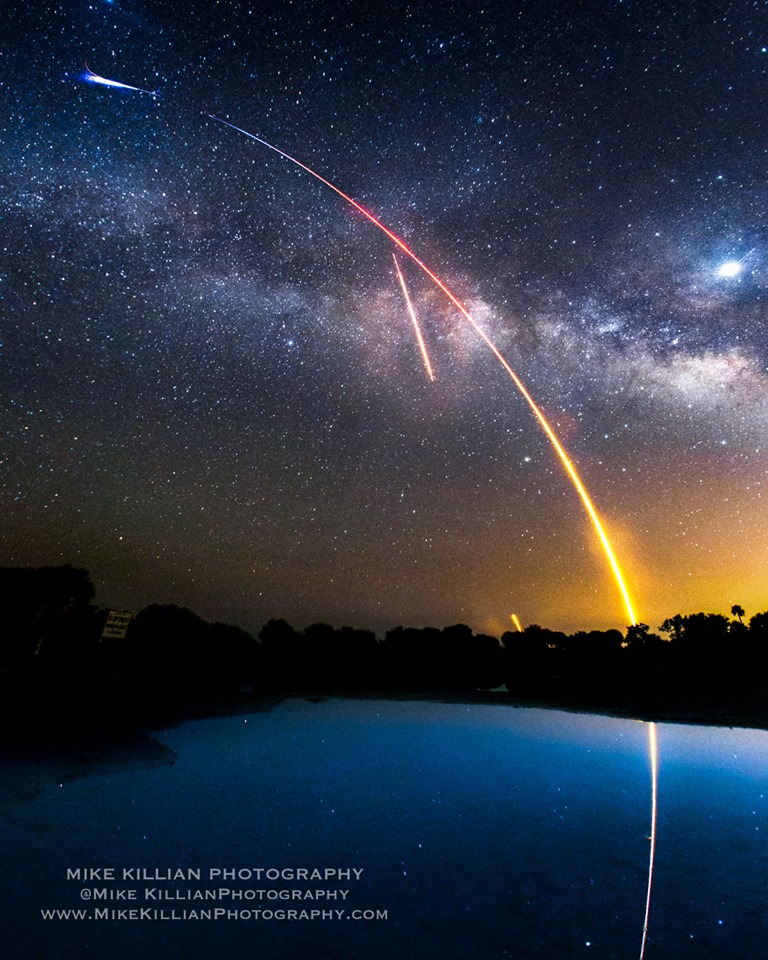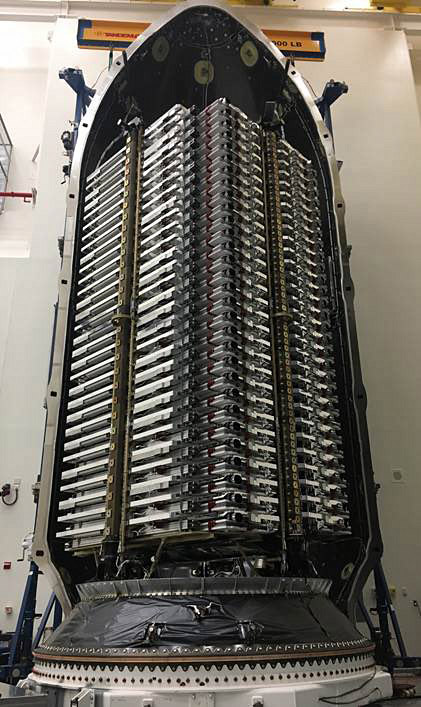The situation of astronauts sitting on top of large amounts of hydrazine and nitrogen tetroxide, which is a hypergolic combination, does not strike me as a very comfortable situation, especially in light of this latest accident.
This isn’t any different than the Apollo missions. The lunar module (LEM) used a hypergolic propellant as well. It was Aerozine 50 (fuel) and Nitrogen Tetroxide (oxidizer). We will see what the reason for this catastrophic anomaly is. Most likely it wasn’t because of the propellant being used. Time will tell.










